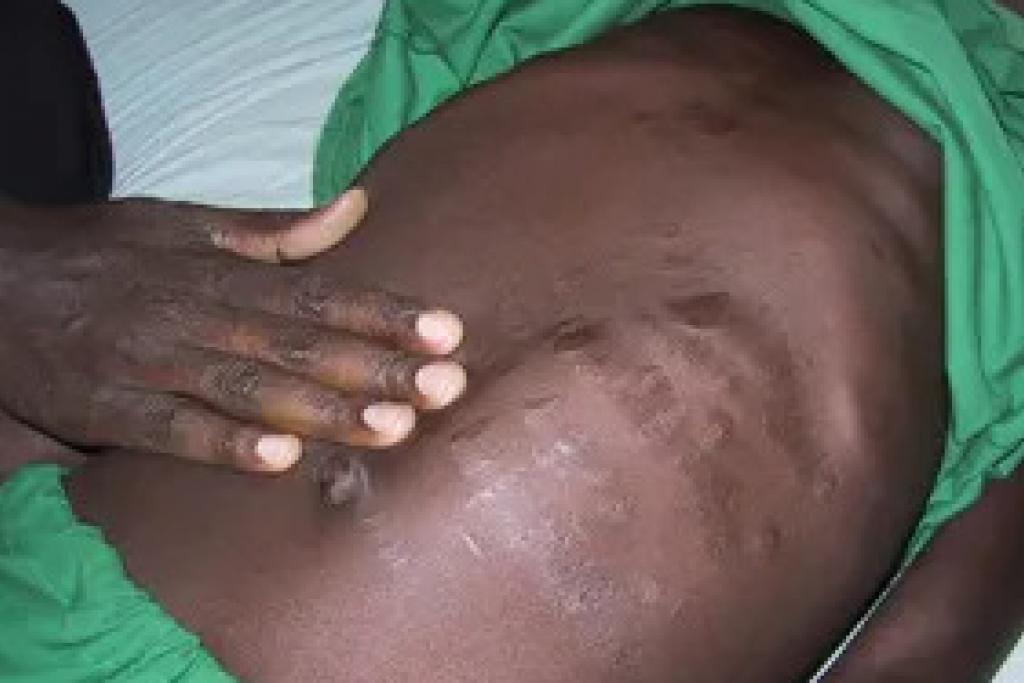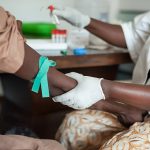While Wajir County grapples with piling bodies and overwhelmed hospitals, one question burns: Where’s our health budget for Neglected Tropical Diseases, beyond donor funding?
A severe outbreak of Visceral leishmaniasis, also known as Kala-azar, a deadly parasitic disease, has killed 18 people and infected over 500 in Wajir County in the last three months.
The disease has spread to four sub-counties, with over 100 patients currently hospitalized. Since the outbreak began in December 2023, health officials have been struggling to control it with the Wajir County Government now taking emergency steps, including opening a new hospital ward for patients, providing urgent medical supplies besides conducting mass fumigation in high-risk areas.
Previous outbreaks occurred in 2023 resulting in over 1,500 suspected cases and over 50 deaths reported.
Kala-azar is classified as a Neglected Tropical Disease (NTD) transmitted by the infected sand fly, a tiny two to three-millimetre-long insect vector. Globally, an estimated 30,000 new cases occur annually.
This fatal disease manifests with early symptoms including fever, weight loss and fatigue. Advanced stages comprise an enlarged spleen and liver, severe anaemia and darkening of the skin (hence “kala-azar” meaning “black fever” in Hindi. If left untreated, it leads to death.
Kala-azar is caused by among others’ environmental factors. Think drought and deforestation leading to sandfly habitat expansion and poor housing as mud huts with cracks harbour sandflies. Then there are human factors like migration and displacement like pastoralist communities moving with livestock besides weak healthcare access in remote areas. Finally, climate change sees rising temperatures leading to increased sandfly breeding.
Kajiado and Tharaka Nithi counties have recently reported cases of Kala-azar
In Kenya, Kala-azar was historically confined to arid and semi-arid lands (ASAL), primarily affecting vulnerable groups like children and impoverished populations. However, recent epidemiological trends indicate that the disease is not only increasing in prevalence but also expanding geographically and occurring year-round. Notably, Kajiado and Tharaka Nithi counties have recently reported cases, suggesting that climate change and vector migration are contributing to its spread.
The first international conference on NTDs in Africa, held in Nairobi in 2019, emphasized innovative approaches, including the development of oral medications and vaccines, to control and eliminate visceral leishmaniasis by 2030. A global strategic roadmap was also established, focusing on integrating interventions into health service delivery, fostering multisectoral collaboration—including nutrition and animal health programs and strengthening national ownership of disease control programs.
Despite these efforts, Kenya is currently experiencing an upsurge of Kala-azar cases in northern frontier counties, with significant mortalities being reported. Weak health systems have hindered disease control, as test kits and essential drugs remain out of stock and unavailable in local markets and government supply chains. These challenges have derailed progress toward eliminating the disease.
At the 78th session of the United Nations General Assembly (UNGA) in New York, it was revealed that many countries are off track in achieving health targets. This underscores the urgent need for strong political will to meet the 2030 health goals.
County governments must prioritize Kala-azar, breaking the cycle of disease resurgence
Kenya must adopt a focused strategy backed by a political commitment to combat visceral kala-azar effectively. Measures like aerial spraying and continuous community advocacy, though costly, offer promising results. Since health is a devolved function, county governments must prioritize Kala-azar control efforts, breaking the cycle of disease resurgence.
Unfortunately, Kala-azar, like other NTDs, receives little to no attention from county governments, with disease control efforts primarily driven by donor funding. However, as donor funding diminishes, county assemblies must take ownership of NTD programs by allocating sufficient budgets and tracking progress regularly.
Lessons can be drawn from the Asian subcontinent, where India, Bangladesh, and Nepal collectively accounted for 70% of global Kala-azar cases between 2004 and 2008. Bangladesh has demonstrated how sustained political commitment and stakeholder support can lead to elimination. Since initiating its elimination strategy in 2005, the country successfully eradicated the disease and was declared Kala-azar-free by the World Health Organization in October 2022.
According to WHO, visceral leishmaniasis remains endemic in 80 countries, with Eastern Africa—including Kenya accounting for 73% of global cases in 2022. Alarmingly, half of these cases occurred in children under the age of 15.
Stronger political commitment is urgently required to control and eliminate visceral leishmaniasis in Kenya. Without decisive action, the disease will continue to claim lives and strain the health system, reversing progress toward national and global health goals.
The writer is a Researcher and PhD Candidate at Kenya Methodist University.






















Upsurge is expereinced during the dry spell.the disease is affecting more in male adult as compared to female adult and this may be contributed by factors like mode of dressing in women where they cover their body with long sleeved clothing.children under 15 are also affected due to the nature of long stay in play areas or grounds and due to low immunity.
Male are affected more because they expose their body due to the extreme weather conditions especially in the evenings.. political intervention is required to control the disease